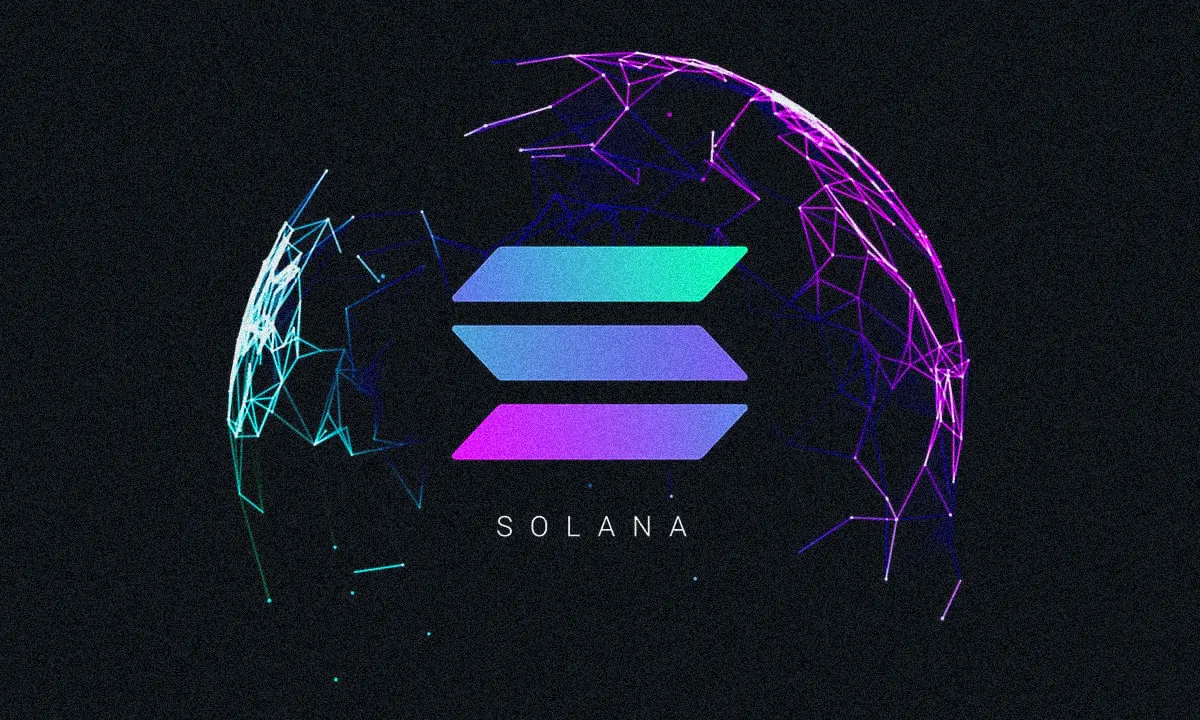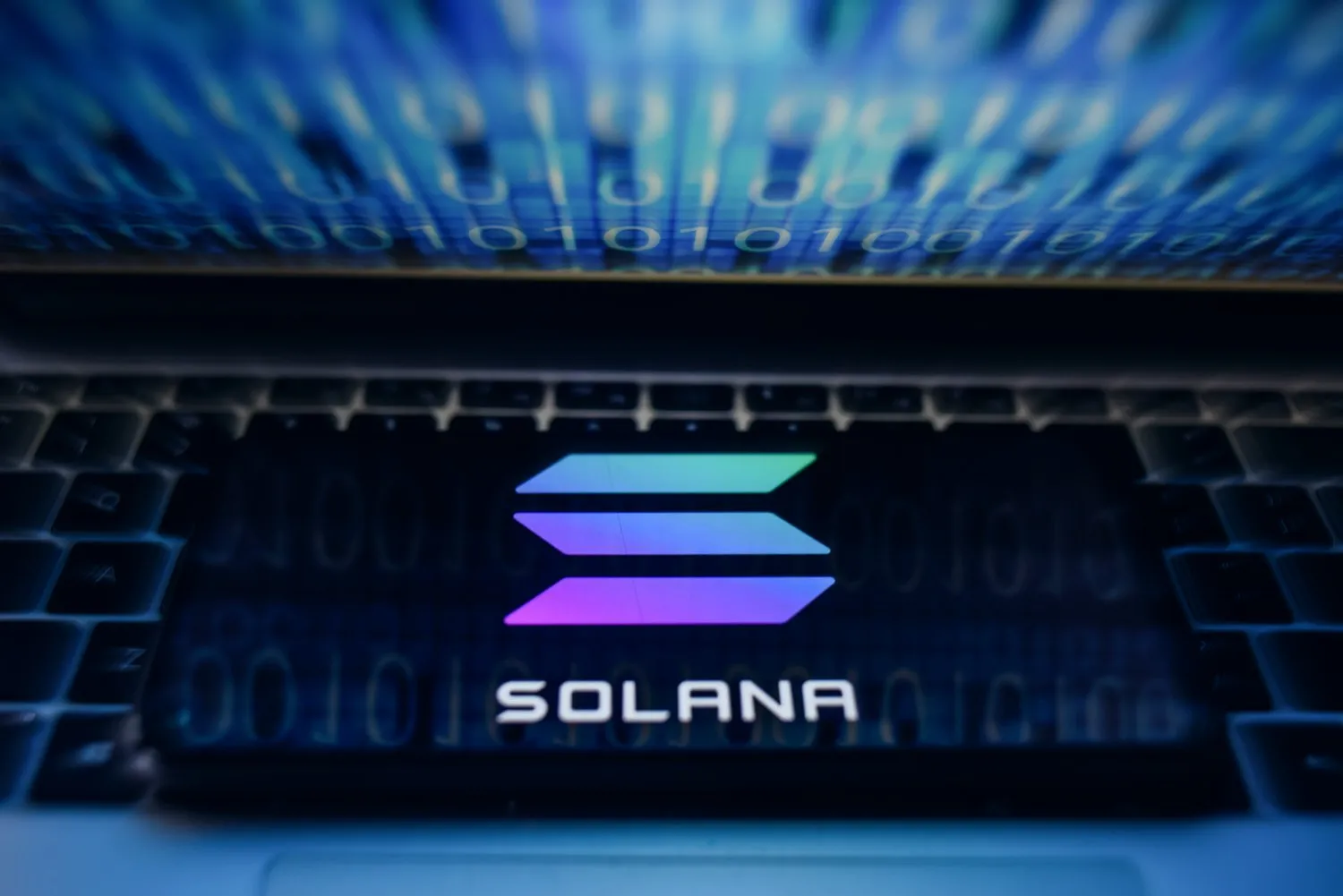Assets

Exchange

Buy Crypto




DeFi used to be a nerdy solution for non existent problems. Now it has caught attention of institutional grade investors and even country leaders. Solana has a really special role in this. Let’s break down how:
Ethereum innovated in smart contracts in 2015 and revolutionized the blockchain ecosystem. Solana, however, didn't even exist on developers' screens until 2020. Fast-forward to today, and the world is transformed. Ethereum's slow, step-by-step adaptation towards version 2.0 was meant to be a revolution, but Solana's lightning-fast network already captured a massive portion of the market share - something everybody thought it would take years, or even decades.
According to Solana's most recent blockchain performance report, the network maintains its performance lead even under heavy traffic - something crucial to serious DeFi users.
And it's not just about speed. Here's how Solana and Ethereum compare across key metrics*:
* According to statistical data from the specified sources:

What is so fascinating about Solana's future isn't necessarily how it operates today but where it's headed. The news we're hearing from Solana reminds us of what we first believed: This isn't another "Ethereum killer" that's going to pop and then go away - this is a blockchain with long-term potential.
The ecosystem growth has been nothing short of breathtaking, to put it mildly. As other blockchain projects grew at a regular pace, Solana's ecosystem seems to expand by the week, no less. The highlight of Solana's "Chapter 2" (developers' terminology) is the shift of priority from just technical details to enhancing the user experience.
Do you remember when DeFi was all about having a spreadsheet of addresses in your wallet and hoping you didn't typos?
Those days are quickly becoming a distant memory as Solana DApps’ interfaces evolve into actually user-friendly designs.
To understand the significance of Solana, look no further than its integration with Raydium. For newcomers to the sector, Raydium is to Solana what UniSwap was to Ethereum - a decentralized exchange that changed the game by it’s efficiency and simplicity.
What Raydium on Solana provides isn't speed — it's dependability. In high-speed markets (and let's be honest, when aren't crypto markets high-speed?), the difference between a transaction settling in seconds rather than minutes is more than mere convenience. It can mean profit versus loss.
Let’s take a real-world example: a trader spots a price arbitrage opportunity between a new token listing on Raydium and its delayed listing on a CEX. On Solana, they can execute their trade on Raydium in under a second, with a fee of just ~$0.0002. By the time an Ethereum-based trader attempts the same move on Uniswap, they’re waiting 30 seconds or more — and paying upwards of $20 in gas fees.
In that time, the opportunity’s gone.
On Solana, the trader walks away with a tidy 2.3% profit. On Ethereum, the same trade results in slippage, gas burn, and a net loss.
This isn’t theory—it’s how traders are making (or losing) money every day in DeFi. Raydium, backed by Solana’s performance, gives active traders the edge they need: ultra-fast finality, minimal fees, and confidence that their orders will hit the market in time—not after it moves.
For smaller investors, these are differences that matter. A $100 investment costing $15 to transfer is an instant 15% loss. The same transaction on Solana costs pennies, so more of your money can actually do its job.
"Solana Chapter 2" is a phrase tossed around on crypto Twitter but what does it actually signify for users and investors?
Briefly, it signifies Solana's transition from an early-stage technology to a thriving ecosystem. The spotlight is now from proving that the network is functional to demonstrating how it can revolutionize financial applications.
What truly shines through however is the manner in which Solana's developer community took the best lessons from Ethereum's scaling woes. Instead of learning the same lesson yet again, Solana has infused scale into it from the very beginning.

Cutting through the noise, here is what really matters among the latest Solana news:
The decision between Solana and Ethereum ultimately depends on your specific needs:
If you’re moving large sums and value tried-and-tested security over low fees, Ethereum may still be the better option. Its established reputation offers comfort that newer chains simply haven’t built up yet.
However, if you’re regularly sending transactions, diving deep into DeFi, or developing apps that require consistent, low-cost performance, the advantages of Solana are undeniable.
The blockchain world is shifting at warp speed, but this is for sure—transaction velocity and expense are no longer technicalities. They're the core building blocks of user experience that will determine whether blockchain technology goes mainstream.
While both chains are still active, we've seen how quickly user habits are shifting. Once you've used Solana, especially for DeFi use cases, there is no turning back to waiting around for confirmations and making guesses about gas prices.

Dogecoin technical analysis guide covering key price signals, support and resistance levels, and recent Dogecoin news insights.